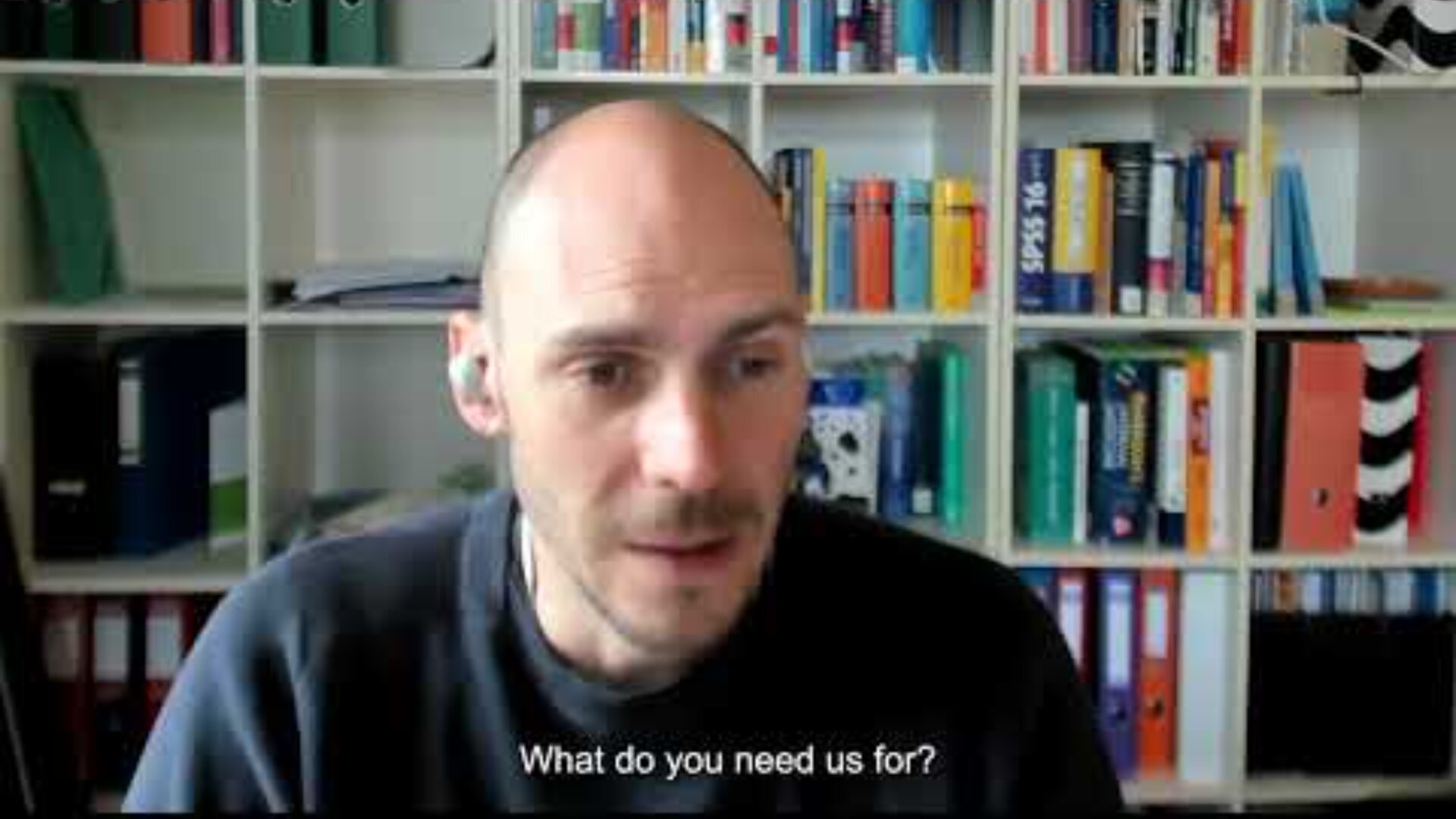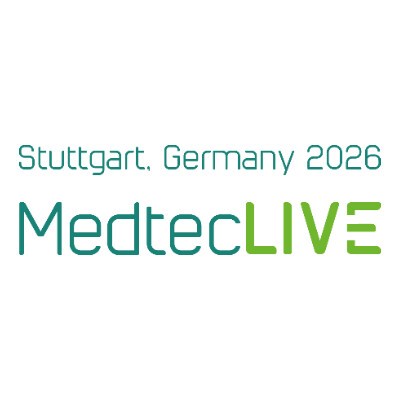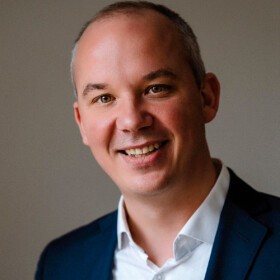Start-ups series: Well-trained early warning system for delirium and co. supports staff in hospitals
Hospitals collect countless health data every day. The example of Predicting Health shows that this data can be used for preventative work in hospitals beyond individual cases. With its Personalised Risk Tool, the Graz-based start-up aims to make the work of doctors and nurses easier.
Werner Leodolter is regarded as one of the thought leaders in the Austrian healthcare sector and an IT pioneer. Back in 2015, he initiated the establishment of a dedicated data science department at the Styrian State Hospitals (Steiermärkische Krankenanstalten, KAGes), of which he was Chairman of the Board for a time. To head the department, he brought on board social scientist and economist Diether Kramer, who had already dealt with healthcare data in his dissertation. His mission: to unearth the treasure that lies dormant in the data records that patients leave behind in KAGes' systems.
An initial use case was quickly identified: Doctors were reporting delirious patients who were disrupting processes in the wards and causing considerable extra work for the nursing staff. Using supervised machine learning methods, Diether Kramer developed an algorithm that made it possible to predict with a high probability of accuracy whether a patient would fall into a state of acute confusion during hospitalisation.
Personalised Risk Tool
These beginnings gave rise to the Personalised Risk Tool (PRT), which has been successfully used at KAGes since 2018, and PH Predicting Health GmbH, a subsidiary of Steiermärkische Krankenanstalten, in 2019. The PRT has since been expanded to include further use cases. In addition to delirium, modules for dysphagia - a swallowing disorder that can lead to pneumonia - malnutrition and falls have now been implemented.
There is a need for such early warning systems: according to statistics, almost 10 per cent of patients in hospitals suffer delirium, a fall or pneumonia. This results in serious complications, additional workload and additional financial burdens for hospitals. Such complications could be avoided - if their occurrence could be predicted and carers or doctors were given the opportunity to intervene preventively. Scores and manual tools already exist. However, filling them in is time-consuming and they are therefore often not used.

The Predicting Health team (from left): Stefanie Jauk, Dr Sabine Sejak, Jakob Pieber (front), Professor David Lumenta (middle), Michael Schrempf, Dr Diether Kramer, Sai Veeranki (back) ©Predicting Health
Individualised risk profiles
‘Our fully automated risk screening based on the data collected in routine documentation makes it possible to implement preventive measures in a targeted and therefore resource-saving manner,’ says Diether Kramer, explaining the key benefits of the Personalised Risk Tool. ‘Our forecasting tool sets new standards for the early detection and management of health risks. The technology not only relieves the burden on medical staff, but also makes a significant contribution to improving patient safety,’ he believes.
The PRT analyses patterns in patient data fully automatically and thus generates individualised risk profiles without the need for manual data entry. Hospital staff can see at a glance on a scale how likely it is that a patient will be affected by one of the defined complications.

The Personalised Risk Tool calculates the individual risk for the occurrence of defined complications. ©Predicting Health
Training with Brazilian data sets
The PRT is trained with real patient data, and constant feedback from nurses and doctors helps to optimise the algorithms. ‘This makes our predictions very accurate,’ says Diether Kramer. And they are becoming more and more accurate: as part of research projects, the company has been able to test how its algorithms work with the data available at other hospitals. It has also already worked with Brazilian data sets. This is made easier by the fact that standardised ICD codes are used in hospital information systems worldwide and laboratory values are available as structured data. In the case of unstructured data, for example from doctors' letters or nursing assessments, which are also highly informative, natural language processing tools help with integration into the existing data models.
‘This is an ongoing calibration process,’ explains Jakob Pieber, responsible for Business Development at Predicting Health. ‘In machine learning, the algorithms always work particularly well where the data has been collected, but adjustments need to be made for the next hospital. We achieve this by looking at up to 1,300 data points, which are then used in the calculation.’
Sales strategy with three pillars
Predicting Health GmbH has been operating on the market as an independent start-up since 2023, with Dieter Kramer as Managing Director. The aim is to be able to offer the Personalised Risk Tool to many clinics. As a CE-certified medical device, it can be used in the EU and the UK. This is also where Jakob Pieber sees the focus of sales in the coming years.
While the start-up takes care of this itself in its home market of Austria, Predicting Health relies on sales partners in Germany. Joachim Schweizer's company Opussense has now been acquired as the first sales partner. His experience in the field of hospital information systems should help with the integration of the PRT into existing software landscapes. Technology partners, such as the SER Group, a provider of content management and document control systems, act as the third pillar.
Predicting Health is not without competition; there are a handful of competitors in the DACH region. However, Pieber is very confident: ‘The demand on the market is there and with the indications we currently have, we are certainly leading in terms of the quality of the information.’
Diether Kramer and Stefanie Lauk presented the practical applications of the Personalised Risk Tool at the DMEA in Berlin 2024. ©Predicting Health
Investors wanted
It will not stop with the four indications of delirium, dysphagia, malnutrition and falls. The aim is to be able to predict many of the avoidable complications in hospital. Sepsis is expected to be next in line. In the future, the PRT will also be offered as a cloud solution. Talks are already underway with a major healthcare data cloud provider.
However, Predicting Health still needs investors to realise its plans. Unlike most start-ups, the company has been able to finalise the development of its product under the umbrella of its parent company KAGes without having to look for investors. This is now on the agenda: ‘Normally, when you're at this stage like we are, you've already raised money. And we come with a finished product, but are not yet financed,’ reports Jakob Pieber. ‘You first have to explain that to venture capital investors. But we are in good spirits and have promising interested parties.’
The development of Predicting Health GmbH confirms the idea of Werner Leodolter, who had provided the initial spark and founded the company with Diether Kramer in 2019. However, Leodolter did not live to see the separation from KAGes. The IT expert, university professor and author died in a car accident in June 2022.
| PH Predicting Health GmbH | |
|---|---|
| Year of foundation | 2019 |
| Head office location | A-8010 Graz |
| Founders | Prof Dr Werner Leodolter (†), Dr Diether Kramer (CEO) |
| Number of employees | 6 |
| Website address | www.predicting-health.at |



